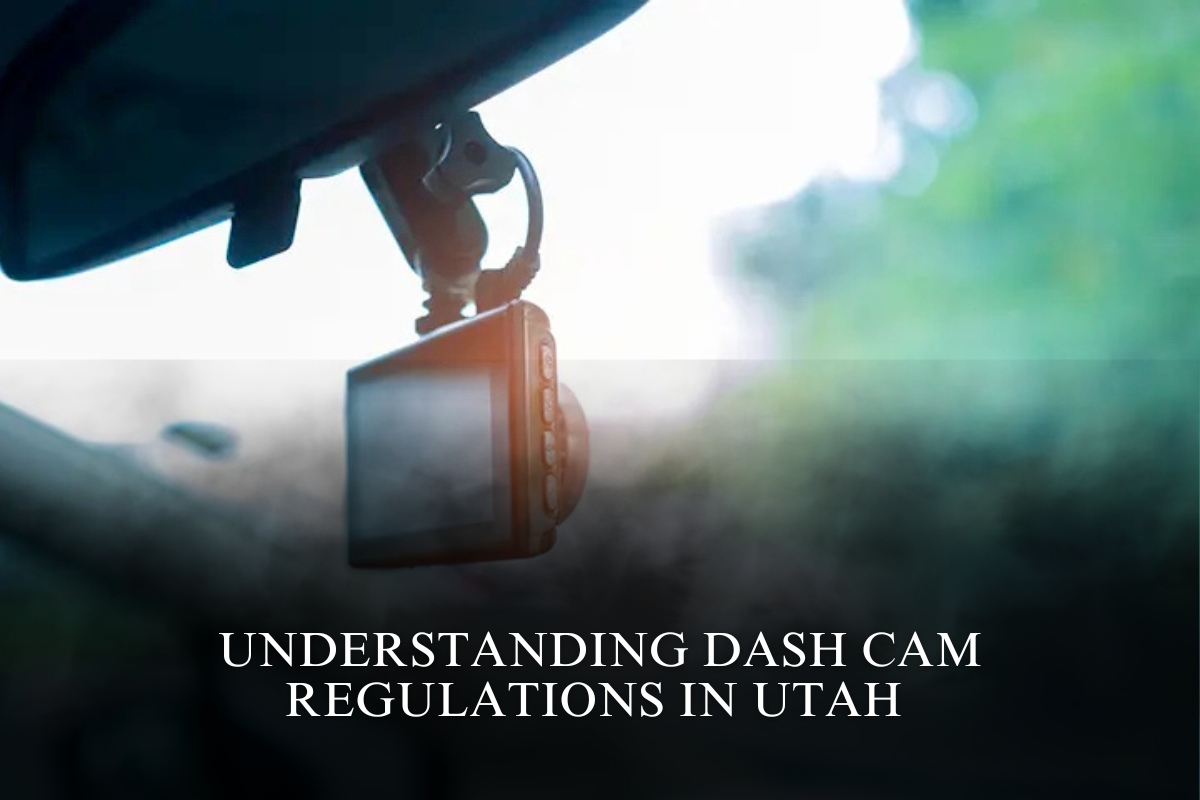Texas currently observes Daylight Saving Time (DST), but there is ongoing legislation and debate about opting out of the practice. Two states in the U.S. do not observe DST: Arizona and Hawaii.
Which States Don’t “Spring Forward” or “Fall Back”?
Arizona (except the Navajo Nation)
Hawaii
Additionally, several U.S. territories (such as Puerto Rico, Guam, and American Samoa) do not observe DST either, but among the 50 states it’s just Arizona and Hawaii.
The Simple Reasons
Arizona
Climate: Arizona’s extremely hot summer climate means that having an extra hour of daylight in the evening would lead to more energy consumption for air conditioning as people stay active later in the day. By sticking to standard time, evenings cool down faster, lessening energy use and giving people a break from the brutal heat.
Practicality: Earlier sunsets help people avoid the hottest parts of the day, especially for outdoor workers.
Hawaii
Geography: Hawaii is near the equator, where there’s little variation in sunrise and sunset throughout the year. As a result, there’s no meaningful benefit to shifting the clocks forward or backward. “Daylight saving” doesn’t provide any extra daylight because the length of the day hardly changes in tropical locations.
What About Texas?
Current Status: Texas still follows Daylight Saving Time, but lawmakers have repeatedly introduced bills to end this practice and keep the state on a single time year-round.
Why Propose Ending DST?
Health: Clock changes disrupt sleep cycles, leading to health risks.
Safety: Higher accident rates after time changes.
Public Opinion: Polls show many Texans prefer a consistent time year-round.
Legal Constraint: Under current U.S. law, states can choose to stay on “standard time” all year but cannot independently adopt DST year-round. Attempts to move to permanent DST require changes at the federal level.
Table
Arizona and Hawaii skip daylight saving time because it brings little to no benefit for their specific climates and geography—cooler evenings in Arizona and little daylight variance in Hawaii. Texas, for now, still follows DST but may join these states if state proposals succeed.
Sources
[1] https://www.cbsnews.com/news/states-without-daylight-saving-time/
[2] https://thehill.com/homenews/nexstar_media_wire/5184764-two-states-didnt-spring-forward/
[3] https://www.forbes.com/sites/brittanyanas/2024/10/30/what-states-dont-do-daylight-savings/
[4] https://www.usatoday.com/story/news/nation/2024/11/02/daylight-saving-time-arizona-hawaii/75976119007/
[5] https://economictimes.com/news/international/us/daylight-saving-time-why-did-two-us-states-not-change-the-time-heres-what-you-may-need-to-know/articleshow/104993234.cms







